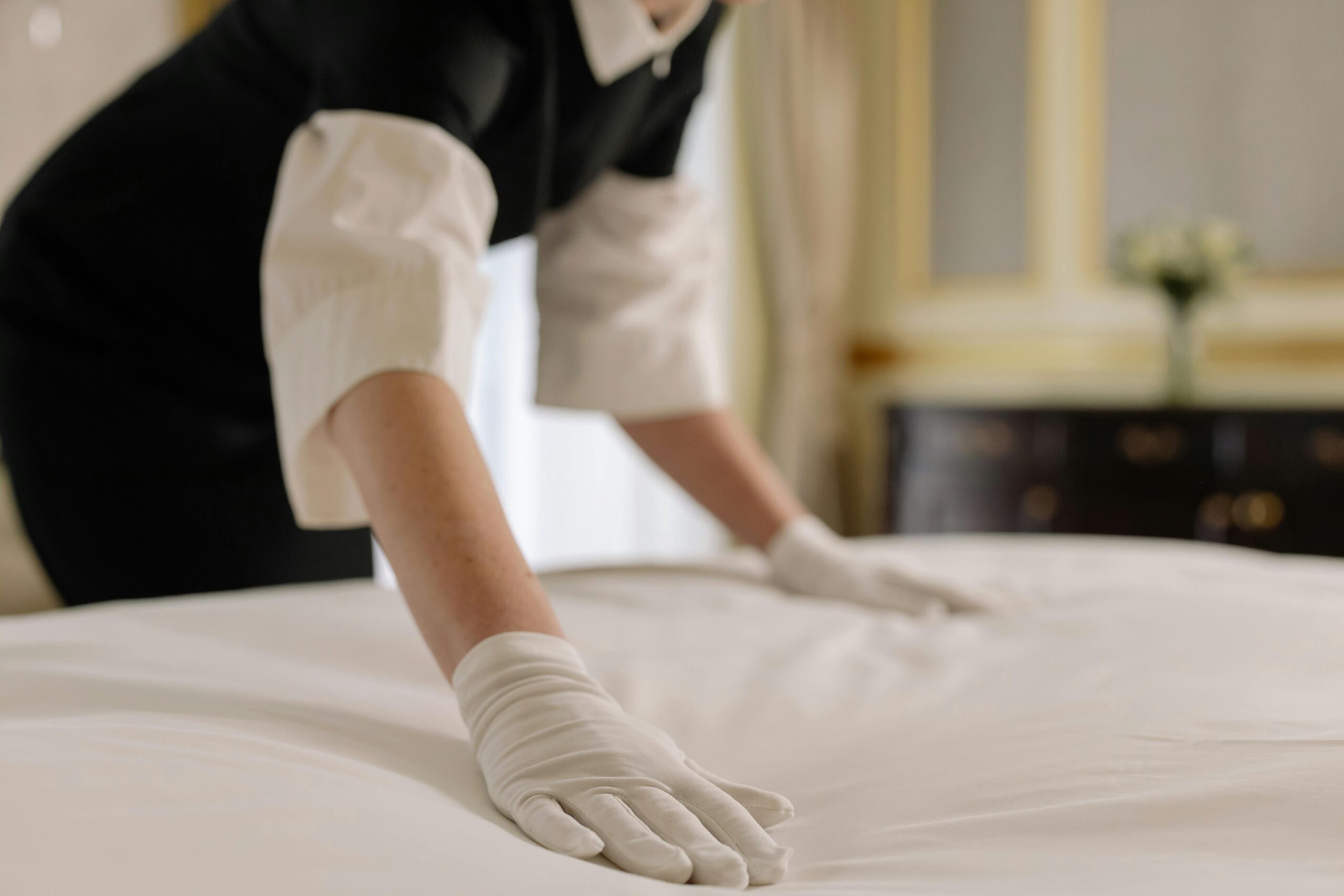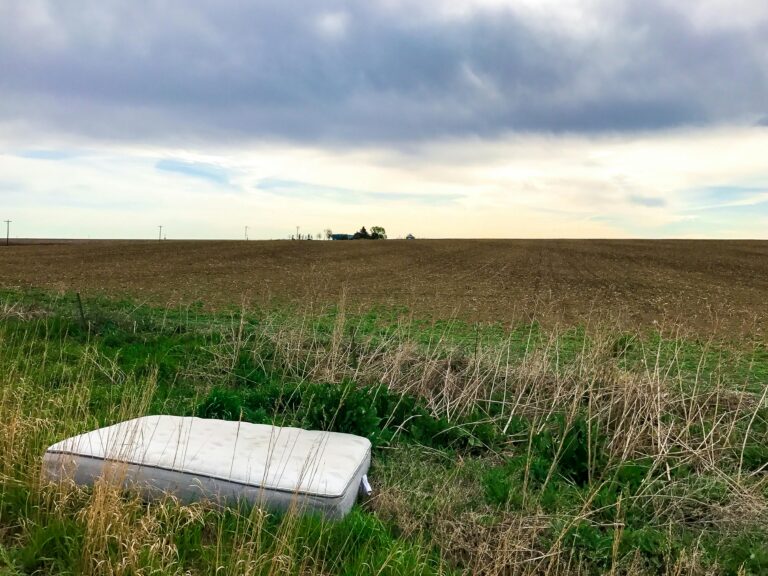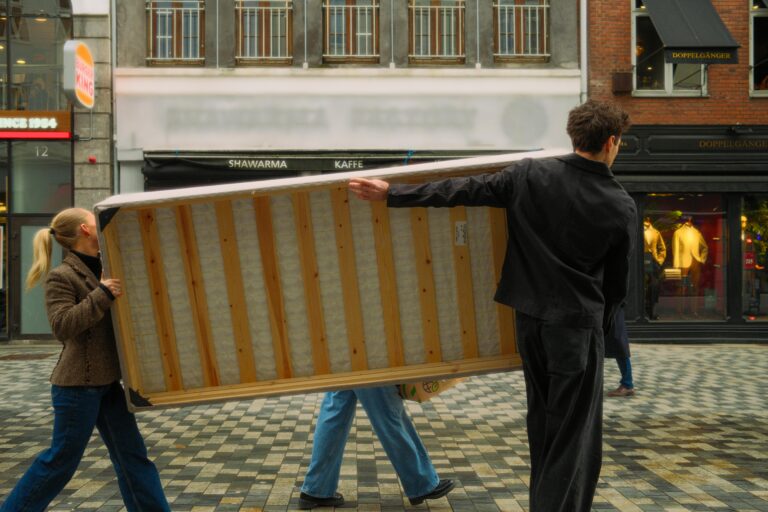How to Get Period Blood out of Mattress Without Losing Your Cool
Let’s get right to it: waking up to a period stain on your mattress is the worst. But don’t freak out or think about burning your bed just yet. Take a deep breath. With the right steps, you can clean even the toughest bloodstains—no magic needed. This is about more than just cleaning; it’s about getting your peace of mind (and your mattress) back. Here’s a straightforward guide to do it, with the skill of a pro and the cool of someone who knows the struggle.
Why Blood Stains Need a Careful Plan
Blood is tough to beat. It’s not like coffee or wine spills; it has proteins like hemoglobin that stick hard to fabric, especially with heat. Being fast, having the right tools, and avoiding mistakes (like using hot water too soon) are key. The American Cleaning Institute says to act fast and use enzyme cleaners to break down these proteins before they stick for good.
But why is blood so hard to handle? When it dries, its proteins change shape and grab onto fibers. Heat makes this worse, so cold water is best to start with. Think about egg whites when they cook: once they harden, they’re tough to clean. The same idea applies here.
Act Fast: The First 10 Minutes Matter
- Strip the Bed Immediately:
Take off sheets, mattress covers, and all washable layers. The blood stays less, and the chances of full clean-up go up. If blood goes through many layers, focus on the mattress first. Pro tip: Have a laundry basket close for fast throw-away of dirty sheets.
- Blot, Don’t Rub:
Use a clean towel or paper towel and push down hard to soak up a lot of liquid. Spreading makes the stain go deeper into the mattress. Think like you’re pressing a stamp on a letter—soft but strong.
- Cold Water Is Your Friend:
Wet a new towel with cold water (not warm or hot) and pat the spot. Hot water sets the proteins, keeping stains. For big stains, maybe use a spray bottle with cold water and spray the spot then pat.
Plan of Attack: Proven Stain Removing Ways
The Hydrogen Peroxide Power Move
A common item in first-aid kits, hydrogen peroxide (3% kind) is a light bleach that breaks down blood stuff by oxidation. Great for new stains.
How to use:
- Test First: Pat a little on a hidden mattress spot to see for color change.
- Soak and Pat: Put peroxide on a clean towel or cotton ball. Press on the stain—don’t soak the mattress.
- Let It Fizz: The bubbling lifts stains from threads. Wait 5–10 minutes, then pat with a cold, wet towel.
- Do Again: For hard spots, put on more until the stain goes away.
Quick hint: Stains that are old can be removed if you create a paste by mixing peroxide and baking soda. It removes discoloration and odors by gently brushing the stain using a soft toothbrush, and then rinse with cold water.
The Science: Hydrogen peroxide sends out oxygen parts that split up organic stuff. A study in Textile Research Journal shows it works on protein stains if used right.
Baking Soda & Salt: The Dynamic Duo
Baking soda stops smells, while salt pulls out water. Together, they’re cheap and green for small stains.
Steps:
- Put a lot: Throw the same amounts of baking soda and salt on the stain.
- Make it wet: Spray a bit of cold water to make a paste. Don’t make the mattress too wet.
- Wait, then clean: Leave it for 30 minutes, then rub it with a wet cloth in circles.
- Clean up: When dry, vacuum up the dust left.
Why it works: Salt pulls water and stain bits up. Baking soda’s basic nature stops sour smells.
Enzyme Cleaners: The Heavy Hitters
For deep stains, enzymes like Rocco & Roxie Stain & Odor Eliminator change the game. These have bacteria that eat organic stuff very small.
Steps:
- Use a lot: Spray or pour the cleaner right on the stain.
- Give it time: Let it stay all night—enzymes need time.
- Soak it up: Use a fresh cloth to soak up leftovers, then let the mattress dry.
Expert thought: The Spruce says enzyme cleaners are best for mattresses as they leave no tough chemical leftovers.
Vinegar: A Controversial Ally
While some swear by white vinegar, it’s a double-edged sword. Its acidity can neutralize odors but may set stains if not rinsed properly.
How to Use It Safely:
- Mix equal parts cold water and vinegar.
- Dab the solution onto the stain, then rinse immediately with cold water.
- Follow with baking soda to neutralize any lingering acidity.
The Table of Champions: Comparing Stain Removal Methods
| Method | Best For | Cost | Effort | Effectiveness |
| Hydrogen Peroxide | Fresh stains | $ | Medium | ⭐⭐⭐⭐ |
| Baking Soda & Salt | Mild odors | $ | Low | ⭐⭐ |
| Enzyme Cleaners | Set-in stains | $$$ | Low | ⭐⭐⭐⭐⭐ |
| Professional Service | Severe damage | $$$$ | None | ⭐⭐⭐⭐ |
When DIY Isn’t Enough: Calling in the Pros
If the stain has set or your mattress is vintage (read: delicate), services like Stanley Steemer offer deep-cleaning solutions. Their truck-mounted extraction systems use high-pressure hot water (controlled to avoid damage) to lift stains without oversaturating the mattress—a lifesaver for memory foam or latex.
What to Ask Professionals:
- Do they use eco-friendly cleaners?
- How long does drying take?
- Can they treat antimicrobial layers without voiding warranties?
Prevention: Because Nobody Wants a Repeat Performance
- Waterproof Mattress Protectors:
Invest in a breathable, waterproof cover like SureGuard. These protectors are silent, crinkle-free, and block liquids without trapping heat.
- Period-Friendly Sleepwear:
Brands like Thinx and Modibodi offer absorbent underwear designed for overnight use. Pair with reusable pads for extra security.
- Dark Towels on Standby:
Keep a dark-colored towel under your sheets during heavy-flow days. It’s discreet and machine-washable.
- Lifestyle Tweaks:
Drink water to cut down on cramps. Use apps like Clue to know when tough days are coming.
Debunking Myths: What to Avoid Doing
- Myth: Use Hot Water
Hot water sets proteins. Always start with a cold.
- Myth: Rub Vigorously
Scrubbing spreads stains. Blot gently instead.
- Myth: Apply Undiluted Bleach
Bleach can yellow fabrics and weaken fibers. Stick to peroxide or enzymes.
Real-Life Scenarios: Lessons from the Trenches
Case 1: The Midnight Surprise
Sarah woke up to a dried stain on her memory foam mattress. She tried vinegar, which lightened it but left a sour smell. Solution: A baking soda paste overnight absorbed the odor, followed by an enzyme spray.
Case 2: The Vintage Mattress
Emily’s heirloom mattress had a decade-old stain. Professional cleaners used low-moisture methods to preserve its integrity.
FAQs: Your Burning Questions, Answered
Q: Can I use club soda?
A: Yes! Its carbonation lifts fresh stains. Blot with club soda, then follow with cold water.
Q: When my mattress still smells after cleaning it, what can I possibly do?
A: Sprinkle baking soda on the area and wait a day. Then, vacuum it up. If the smell remains, use an ozone generator, which you can borrow from a hardware store.
Q: Are DIY methods safe for all mattress types?
A: Test a hidden area first. Latex and organic materials may react poorly to peroxide.
Final Thoughts: Stay Calm and Clean On
Stains happen. What matters is how you handle them—grace, a few household staples, and maybe a dash of humor. Remember, your mattress isn’t ruined; it’s just temporarily inconvenienced.
Got a stain-fighting hack we missed? Share it in the comments (we’re all in this together). And if you’re craving more home-care wisdom, subscribe to our newsletter for tips delivered with zero judgment.
Methodology Note: This guide draws on expert cleaning strategies from Good Housekeeping and Textile Care research from the International Association of Home Staging Professionals. Additional insights from Textile Research Journal and interviews with professional cleaners.






